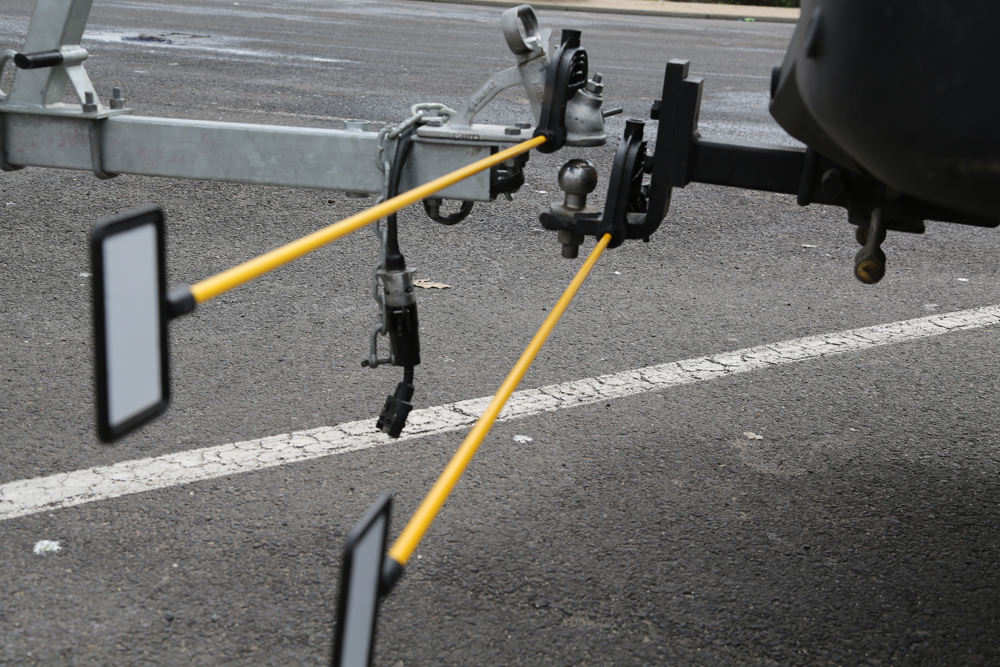The term suspension is used to describe the system of springs, linkages and shock absorbers that connect a vehicle and its wheels, allowing for motion and contributing to smooth handling while driving. Suspension also works to soften bumps and reduce road noise.
Caravans carry a heavier load than regular vehicles, demanding even more sophisticated forms of suspension – particularly in off-road or outback conditions. To increase stability and improve your holiday quality all round, caravan suspension is an important aspect to consider.
First learn the rules
When it comes to caravan suspension, there are some rules you must abide by. The following applies to trailed vehicles with less than a 4.5-tonne aggregate trailer mass:
- Within a group of axles, two axles cannot be more than 2m apart, and three axles must not be more than 3.2m apart overall.
- All of the axles in a group need to be interconnected to share the load, except if they are less than 1m apart for tandems and 2m apart for tri-axle sets.
- The components fitted to a group of axles (springs, fittings, brakes, axles, wheels, tyres) need to be rated 120% higher than the aggregate trailer mass – for example, in a tandem 2,000kg, each axle must have 1,200kg minimum capacity.
Handy definition: A close-coupled axle group is where two axles in a group have their centres not more than 1m apart, or three axles not more than 2m apart, or three or more axles not more than 3.2m apart.
Selecting your spring set
When shopping for a caravan suspension spring set, ensure you choose correctly by following these three steps. Select:
- The spring type and size best suited to your load, axle and dimension requirements, remembering there is a wide range of sets available. Consider whether you need a heavy duty or commercial spring set, a slipper spring set, parabolic springs, eye-to-eye (shackle) springs or rocket roller springs. Note: the spring capacities shown are generally for two springs.
- The hanger kit that suits the springs, where these are not included in the package.
- The U-bolt kit that matches the spring and axle configuration.
Additional support: IRS
Australian roads generally require more dynamic suspension componentry, as traditional forms can sometimes suffer under the conditions here, leading to instability and snaking. IRS helps to counteract this and was developed for heavy load use on a variety of surfaces, from dirt tracks to fast freeways, mountain tracks to desert highways, and salt water on marine-affected areas.
The IRS axle is based on simple engineering principles: a hexagonal axle encompasses three rubber elements, centred by a triple-fluted inner tube. The rubber elements compress when pressure is applied – from bumps and rebounds – providing absorption and slowing down road shocks.
As with any aspect of your caravan, maintenance of suspension units needs to be carried out in line with the manufacturer’s specifications, so be sure to consult the manufacturer or your vehicle’s manual.
Fancy a bit of DIY? Be sure to check out posts on DIY upgrades and changing your caravan tyre.





